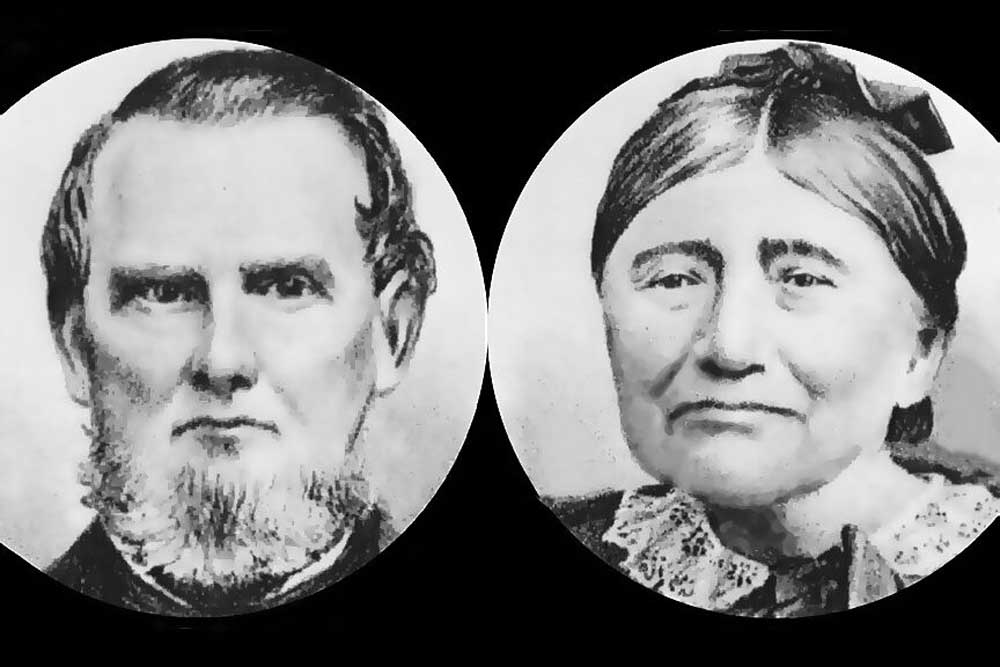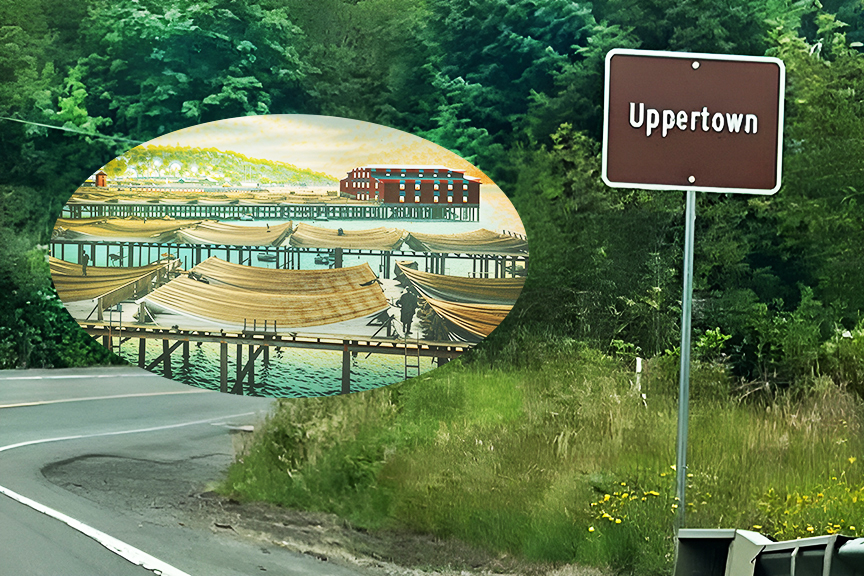In One Ear: Celiast’s memories
Published 12:15 am Thursday, October 17, 2024

- Ear: Clatsop
A history gem from The Daily Morning Astorian, Oct. 16, 1885 issue is the article, “Early Settlers and Settlements on Clatsop Plain.” Included are stories told by Celiast (aka Helen) Coboway Smith (1801-1891), daughter of Chief Coboway, and wife of Solomon Howard Smith (her second husband). The couple are pictured.
Trending
With her son Silas B. Smith interpreting, she repeated the oral tradition of how the Clatsops came to settle on the North Coast. Tahlipas, “a great and superior being,” brought her tribe the plain, she said, and gave the land to them.
He also taught them how to hunt, fish, make canoes, cross the waters, weave nets and make fire. Mrs. Smith explained that the word Clatsop “was handed down from father to son from generation to generation, as the name by which that part of the country was known.”
Tahlipas was always watching over the Clatsops, not only so he could reward the good, but so he could punish the wicked, who were sometimes changed into inanimate objects.
Trending
And that, according to Indian tradition, is how Tillamook Rock and its smaller surrounding rocks came into being. A tribal member and his family disregarded Tahlipas’ teachings and waded into the water, and they were turned to stone to serve as a warning to others.
Some still didn’t listen. Pillar Rock, on the lower Columbia River, is a warrior who disobeyed Tahlipas, and disregarded “the customs of his forefathers” by wading into the river instead of using a canoe. Maiden Rock, off Chinook Point, was once a young Indian woman who was punished for “bathing in too public a manner.”
Surely Mrs. Smith must have had several more memories to share, but that’s another story for another day. (Photos: Basch Family/National Park Service)









